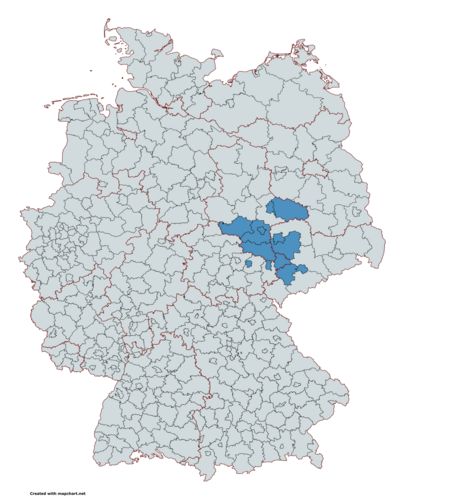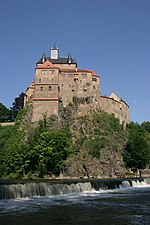Central German Metropolitan Region

The Central German Metropolitan Region (German: Metropolregion Mitteldeutschland) is one of the officially established metropolitan regions in Germany. It is centered on the major cities of Leipzig and Halle, extending over Central German parts of the states of Saxony-Anhalt, Thuringia and Saxony. The Central German metropolitan region is the only one located entirely within the former East Germany. The "region" is not actually a metropolitan area in the geographic sense of the word as an agglomeration of nearby urban areas, rather it is a registered association, the Europäische Metropolregion Mitteldeutschland e.V. whose membership is composed of towns, cities, municipalities, and companies, colleges and chambers of commerce in the central German geographic area, whose representatives vote upon new members. For example, Jena joined the Metropolitan Region in 2009. The registered association owns the management company Metropolregion Mitteldeutschland Management GmbH. As such it forms a planning and marketing framework for the region while retaining the legal independence of its members.
Excerpt from the Wikipedia article Central German Metropolitan Region (License: CC BY-SA 3.0, Authors, Images).Central German Metropolitan Region
Weißthal, Mittweida
Geographical coordinates (GPS) Address Nearby Places Show on map
Geographical coordinates (GPS)
| Latitude | Longitude |
|---|---|
| N 51 ° | E 13 ° |
Address
Weißthal
Weißthal
09648 Mittweida
Saxony, Germany
Open on Google Maps






